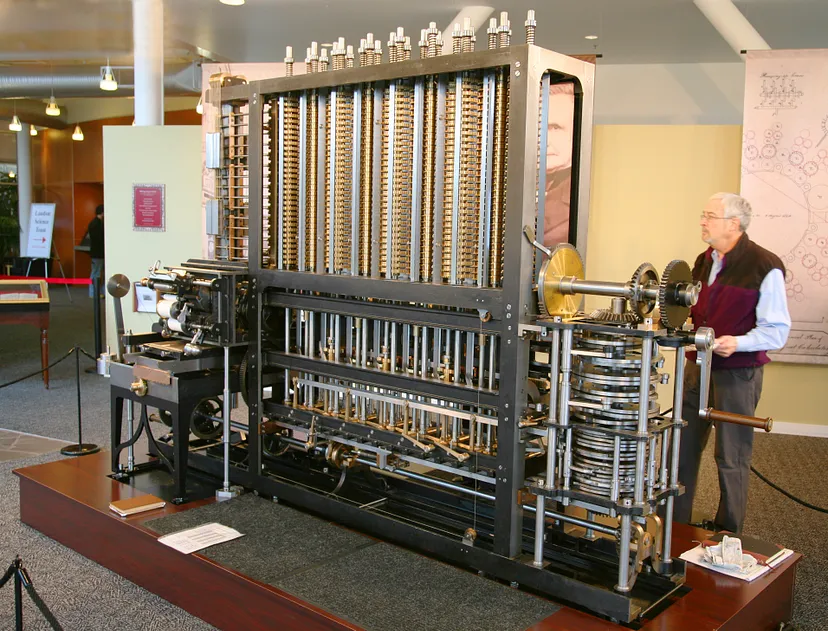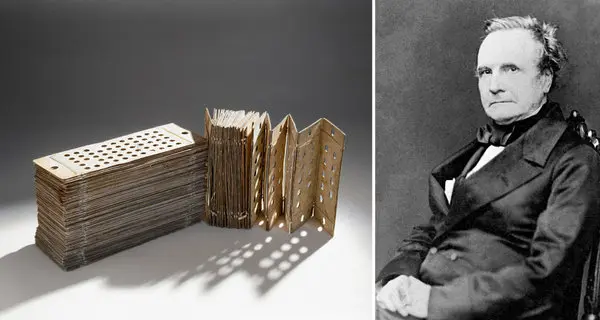The Mechanisation of the Wool Industry and the Birth of the Modern Computer
The Industrial Revolution brought about unprecedented changes in the world, forever altering the course of human history. Among the industries transformed, the wool industry stands as a pivotal example. Its mechanisation didn’t just redefine textile manufacturing, but also catalysed technological advancements that served as precursors to the modern computer. Charles Babbage, an English mathematician and engineer, was instrumental in this journey, with his invention of punch cards becoming a fundamental element of computing history.
The mechanisation of the wool industry began in the 18th century with the invention of the flying shuttle by John Kay, which expedited the weaving process. The process of mechanisation further intensified with inventions like the spinning jenny, the water frame, and the spinning mule. These innovations allowed for the mass production of wool and other textiles, replacing manual labour with efficient, machine-driven operations.

The mechanisation of the wool industry had a significant influence on the development of the modern computer, with the incorporation of punch cards being a notable example. Punch cards, which have a long history dating back to the Jacquard loom invented by Joseph Marie Jacquard in the early 19th century, played a substantial role in the early days of computing. These punch cards controlled the pattern of the weave, thus automating the process of textile manufacturing.
Enter Charles Babbage, an English polymath, who recognised the potential of these punch cards in the realm of computation. In the 1830s, Babbage conceptualised and designed the Analytical Engine, an automatic mechanical calculator designed to perform any arithmetic operation. Although Babbage never completed the machine due to financial and technical difficulties, his ideas were revolutionary.

Babbage’s Analytical Engine was designed to use punch cards for instruction input, an adaptation of the technique used by the Jacquard loom. These punch cards were to be used to instruct the engine on the operations to perform, thus effectively creating a programmable machine. Although his design never materialised fully during his lifetime, it was a direct precursor to the modern computer.

Babbage’s vision of a programmable machine was realised much later in the 20th century with the advent of the digital computer. The principles of his design—sequential control, branching, looping and parallel processing—are fundamental to modern computing.
The intersection between the mechanisation of the wool industry and the advent of computing encapsulates the extraordinary ways in which one industry can influence another. The transformation from textile manufacturing to computational processing exemplifies the transformative power of technology and innovation. Babbage’s work, using a concept derived from mechanised looms, created the groundwork for modern computing, highlighting the interconnectedness of technological progress across disparate sectors.
